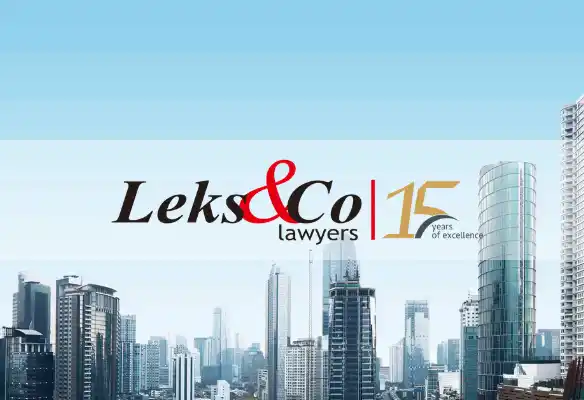Condominiums are one of the ideal alternatives to fulfill the society’s housing needs, especially in urban areas, due to the availability of land constraints. The condominium unit is a unit of condominiums whose main purpose is used separately with the main function as a residence, and has a connecting facilities to public roads (“Condominium Units”).
The possession, ownership and utilization of the Condominium Units are regulated in Law Number 20 of 2011 on Condominium.
The Possession of the Condominium Units
Basically there are four types of condominiums, namely public condominiums, special condominiums, state condominiums and commercial condominiums.
There are several options for possessing the Condominium Units, which are owned, leased, borrowing and use, or leasing, depending on the type of condominium, as follows:
- Public Condominiums
The possession is made by being owned or leased. - Special Condominiums
The possession is made by borrowing and use, or lease. - State Condominiums
The possession is made by borrowing and use, lease, or leasing. - Commercial Condominiums
The possession is made by being owned or leased.
In the event that the possession of the Condominium Units is carried out by leased, then the lease agreement must be made in writing in the presence of the authorized official, namely the Notary, and registered with the Condominium Owner and Tenant Association (“PPPSRS”).
The Ownership of the Condominium Units
The ownership rights over the Condominium Units are individual and separated with joint rights to jointequipment, joint facilities and joint land.
A Certificate of Right of Ownership over Condominium Unit (“SHM Condominium Units”) is an evidence of ownership of the Condominium Units over right of ownership, right to build or right of use over state land, and right to build or right of use over right of management. It should be borne in mind that SHM Condominium Units can only be issued to anyone who fulfills the requirements as a holder of land right. SHM Condominium Units consists of:
- a copy of the land book and a letter measuring the joint land rights;
- a floor plan at the relevant floor of the condominium where it shows the owned condominium unit; and
- title of division regarding the size of the rights over the relevant joint equipment, joint facilities and joint land.
Meanwhile, the Certificate of Building Ownership over the Condominium Units (“SKBG Condominium Units”) is an evidence of ownership on the Condominium Units over the state/regional property in the form of land, or waqf land by lease. SKBG Condominium Units consists of:
- a copy of the building book.
- a copy of the land lease agreement.
- a floor plan at the relevant floor of the condominium where it shows the owned condominium unit.
- title of division regarding the size of the rights over the relevant common equipment and common facilities.
Unlike the SHM Condominium Units, there are no joint land components in the SKBG Condominium Units. SKBG Condominium Units is issued for the Condominium Units in public condominiums and/or special condominiums, which are established on state or regional assets, and waqf land. In addition, unlike the SHM Condominium Units, the SKBG Condominium Units cannot be burdened with mortgage rights, but can only be burdened with fiduciary guarantees.
Besides the SHM Condominium Units and the SKBG Condominium Units, there is other certificate namely the Certificate of Right to Use Over the Condominium Units (“SHP Condominium Units”). SHP Condominium Units is an evidence of ownership for foreigners who have Condominium Units originating from changes in SHM Condominium Units (Condominium Units that is built on Right to Build). The SHP Condominium Units is regulated under the Minister of Agrarian and Spatial Plan/Head of National Land Agency Regulation Number 29 of 2016 on Procedures for Granting, Release, or Transfer of Right to Ownership of Residential or Residential Houses by Foreigners Domiciled in Indonesia.
The Utilization of the Condominium Units
Every person who occupies, inhabits, or owns the Condominium Units is obliged to utilize the Condominium Units in accordance with its function.
The Condominium Units in public condominiums, can only be owned or leased by low-income communities, and can be transferred to other parties in terms of:
- inheritance;
- the contract of condominium ownership after a period of 20 years; and
- moving dwelling (either because of domicile changes, standard living changes, job location changes, or work termination) as evidenced by a certificate moved from the authorities. This transfer can only be made to the implementing agency.
While, the Condominium Units of state condominiums can only be leased by individuals or groups with facilities from the government.
Nazila Nurfina Sari Lubis







